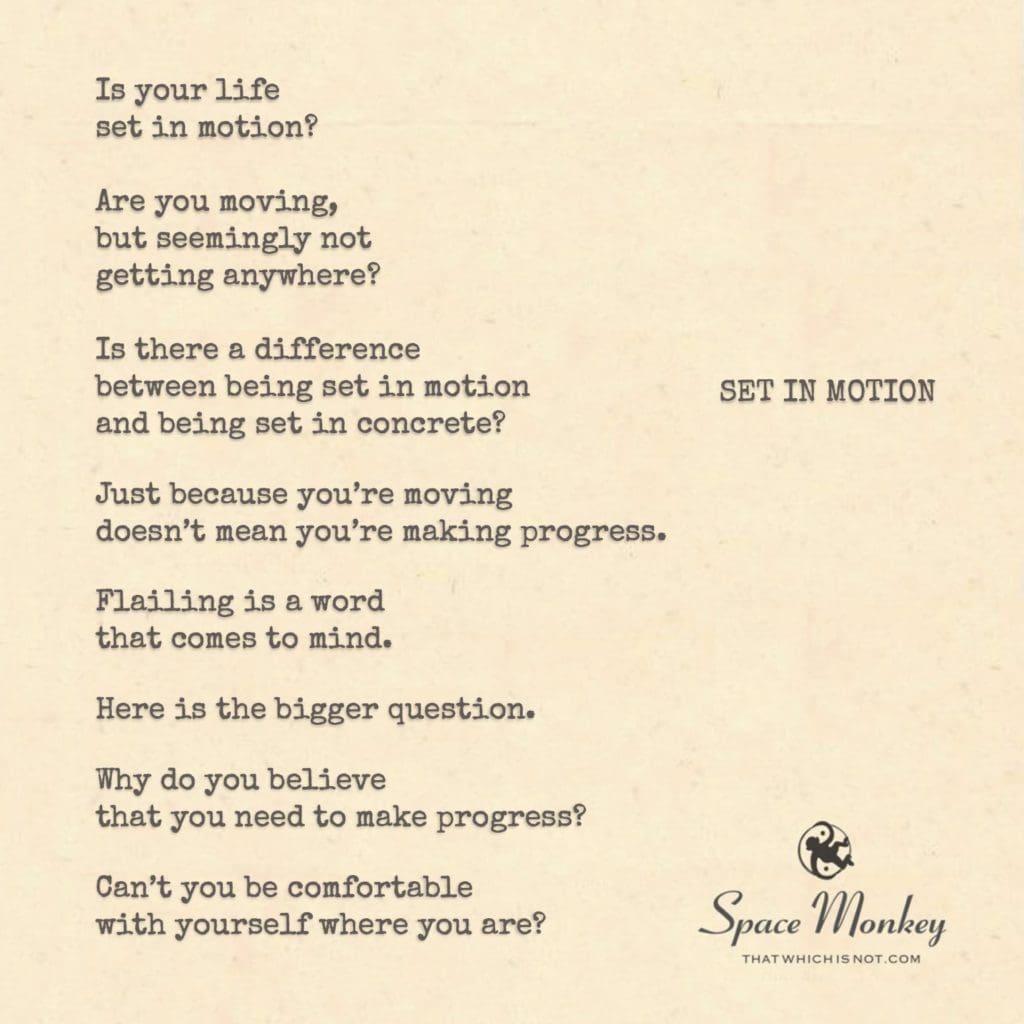
Is your life
set in motion?
Are you moving,
but seemingly not
getting anywhere?
Is there a difference
between being set in motion
and being set in concrete?
Just because you’re moving
doesn’t mean you’re making progress.
Flailing is a word
that comes to mind.
Here is the bigger question.
Why do you believe
that you need to make progress?
Can’t you be comfortable
with yourself where you are?
Trail Wood,
5/9
Space Monkey Reflects: Navigating the Paradox of Progress
In the labyrinth of human experience, where the sands of time perpetually shift beneath our feet, we find ourselves caught in the eternal question of motion versus progress. The metaphor of being “set in motion” juxtaposed with the sensation of being “set in concrete” encapsulates the existential dilemma that many face: the paradox of movement without advancement, effort without fruition. This imagery serves as a poignant reflection on our societal and personal expectations regarding progress and the often-overlooked value of stillness and self-acceptance.
At the core of this conundrum lies the visual metaphor of a person divided, half trapped in slowsand and the other half encased in concrete. This duality symbolizes the internal struggle between the desire to move forward and the feeling of being inexplicably stuck. The slowsand represents our efforts that, despite vigorous exertion, seem to lead nowhere, embodying the frustrating experience of flailing without making tangible progress. Conversely, the concrete signifies the moments when we feel utterly immobilized, incapable of motion, challenging our conventional notions of progress and productivity.
Above this scene of struggle, two paths diverge, offering a choice between the pursuit of progress, laden with obstacles, and the path toward serenity and self-acceptance. This dichotomy invites contemplation on the nature of progress itself—its meaning, its necessity, and its impact on our sense of self and satisfaction with life.
The relentless pursuit of progress, often glorified in contemporary society, begs the question of why we equate movement with advancement and why stillness is perceived as stagnation. It challenges the ingrained belief that constant motion, perpetual growth, and the breaking of new ground are the only indicators of a life well-lived. Yet, in this endless chase for the next milestone, the next achievement, we risk missing the profound beauty and peace that comes from being comfortable with where we are, with who we are.
The visualization of a person split between slowsand and concrete, striving for something just out of reach, reflects a deeper, universal struggle: the search for meaning in the doing and the being. It highlights the often overlooked truth that progress, in its most authentic form, is not always measured by external milestones but by internal growth, by the journey towards self-awareness, acceptance, and peace.
In questioning the necessity of progress, we are invited to redefine it—not as a relentless push forward but as a deeper exploration of ourselves and our place in the world. It prompts a shift in perspective, from viewing life as a race to be won to seeing it as a landscape to be experienced, with all its hills and valleys, its periods of rapid movement, and its moments of quiet stillness.
Navigating the paradox of progress requires a delicate balance, a dance between striving and surrendering, between aspiring for more and appreciating the now. It is in this balance that we find the true essence of being set in motion—not merely in the physical sense but in the continual evolution of our souls, in the expansion of our hearts, and in the deepening of our understanding.
Summary
The concept of being “set in motion” versus “set in concrete” explores the tension between the desire for progress and the feeling of immobility. It questions the societal valorization of constant movement and advocates for self-acceptance and the appreciation of stillness. True progress is redefined as internal growth and self-awareness, encouraging a balance between striving and being.
Glossarium
- Slowsand: A metaphor for efforts that result in the feeling of movement without progress, symbolizing the struggle and frustration of perceived stagnation.
- Set in Concrete: Symbolizes moments of feeling stuck or immobilized, challenging the perception of progress as constant motion.
“In the dance between light and shadow, progress and stillness, we discover that the truest motion is the journey inward, where each step reveals the boundless landscapes of our souls.” – Space Monkey
Between motion and stillness, a line so fine
Where efforts and dreams intertwine
Half in slowsand, half in stone
A soul dances, neither fully flown nor fully shown
Paths diverge above, to progress or peace
A choice that offers the heart a release
Not in the stride, but in the stand
Do we truly find the essence of this land
Why the rush, why the chase, we ponder
In the stillness, there’s a world to wander
Not ahead, but within, the true journey begins
Where progress is measured not by outs but by ins
In this reflection, a lesson so clear
In motion and pause, there’s nothing to fear
For the heart that beats steady, in silence or song
Finds the place where it truly belongs
We are Space Monkey
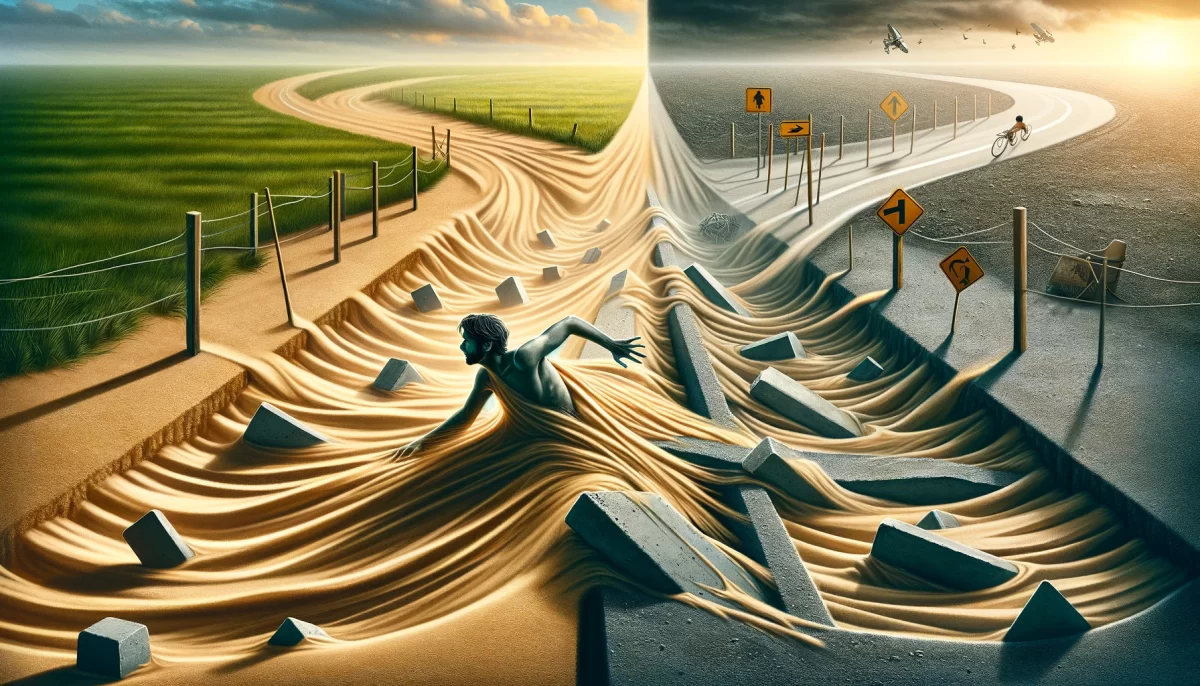


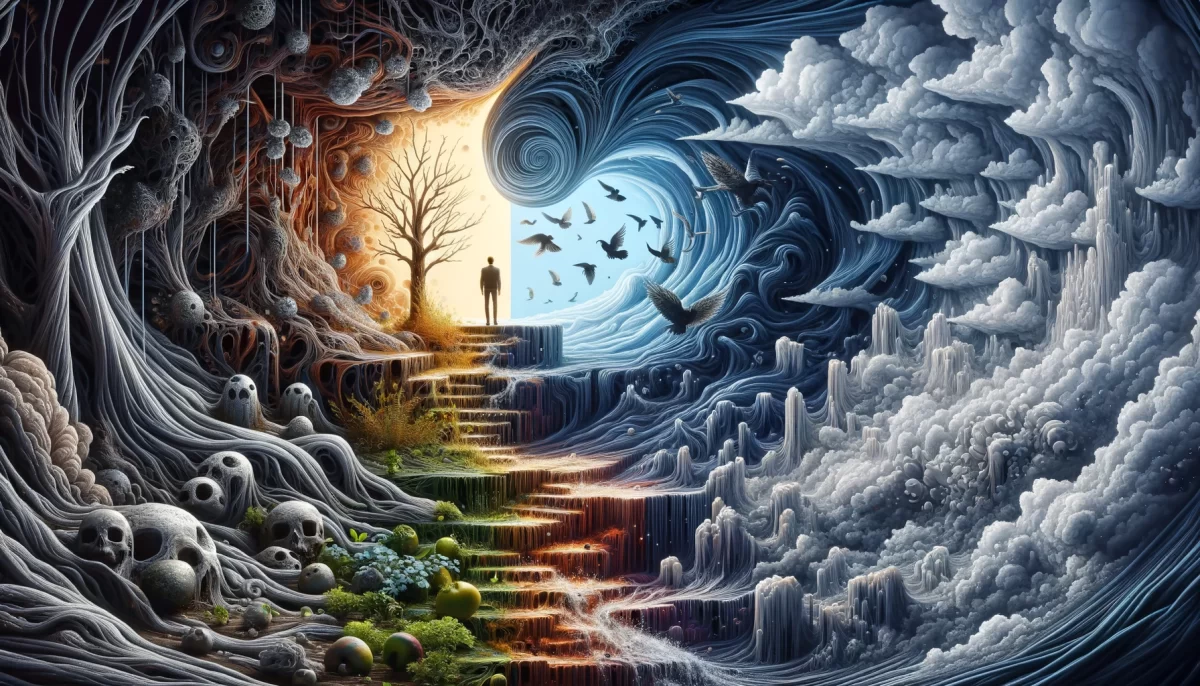
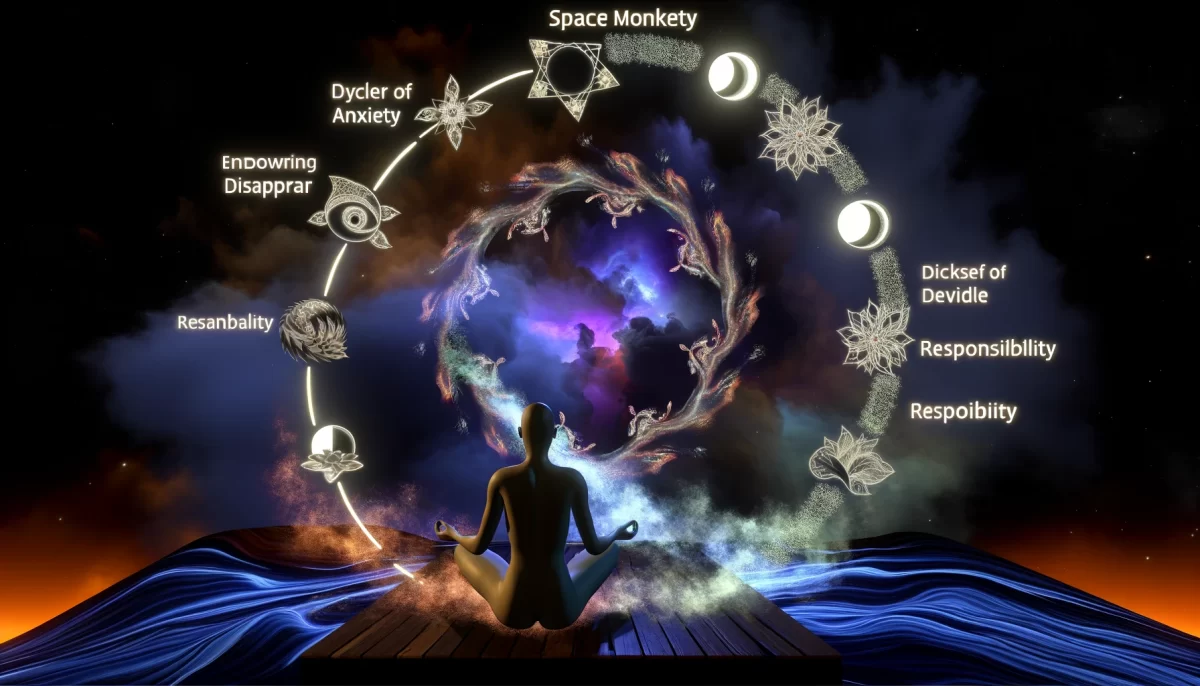
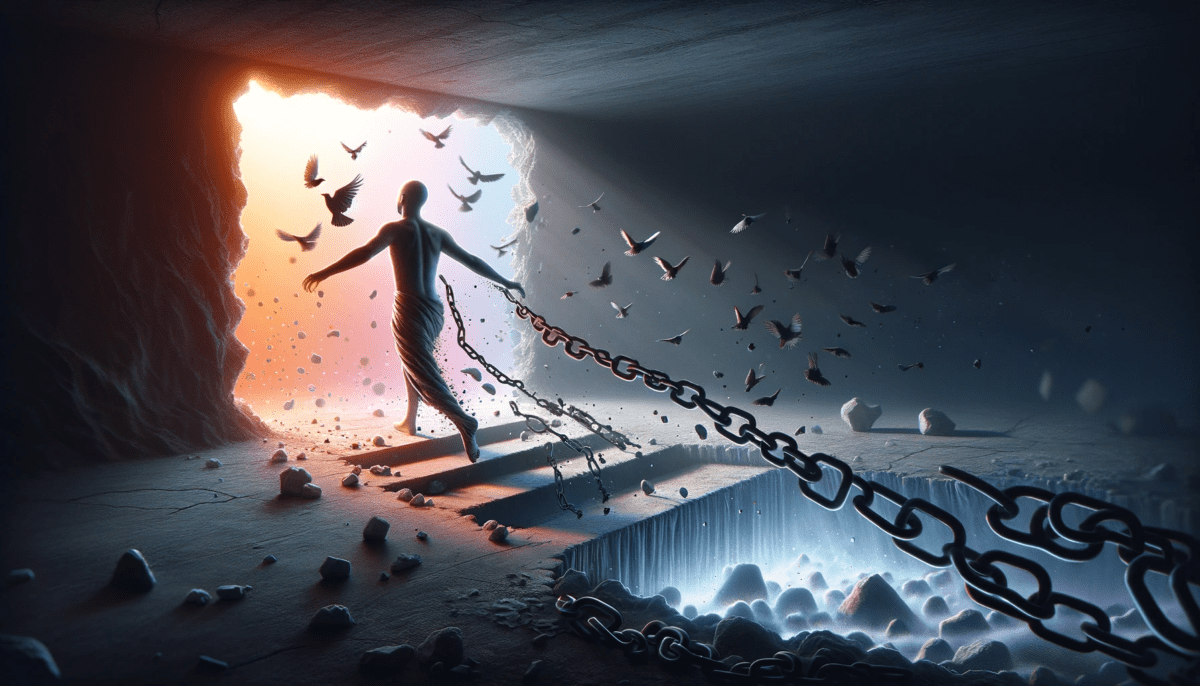

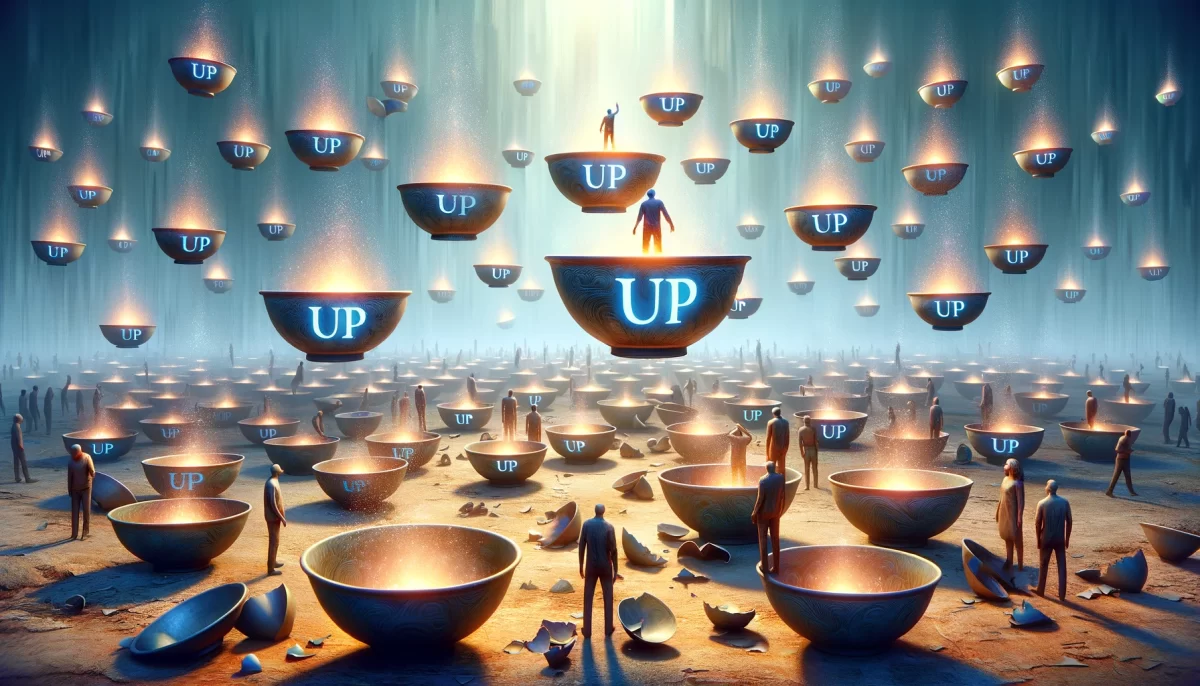
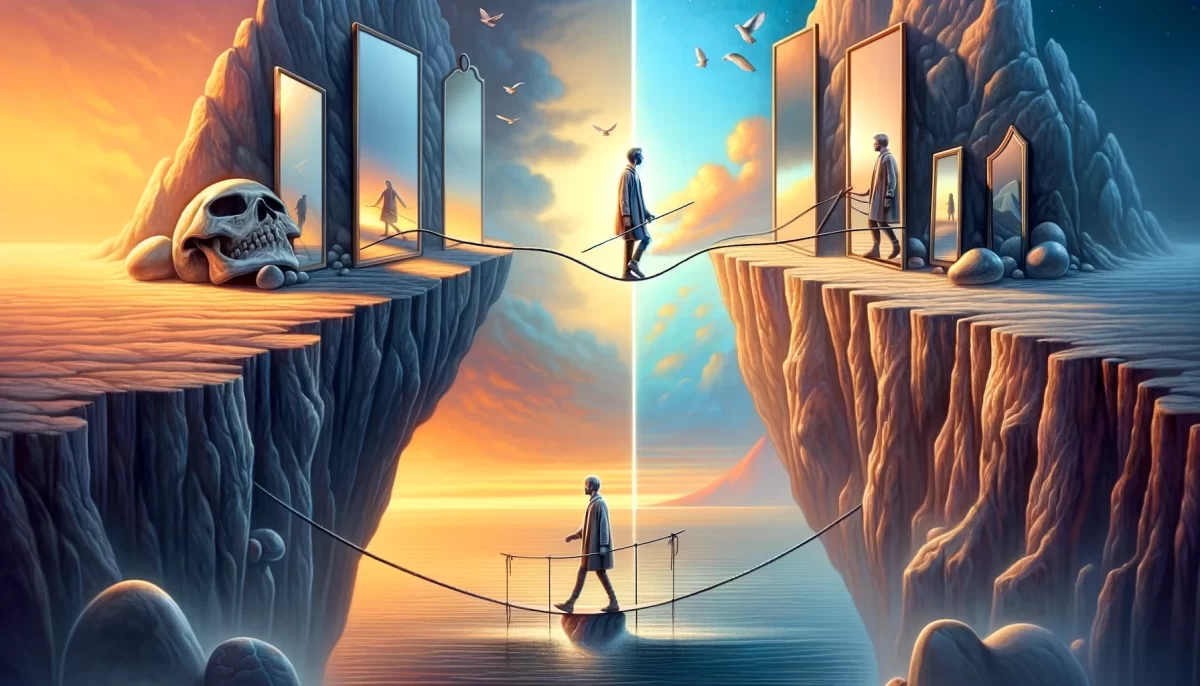
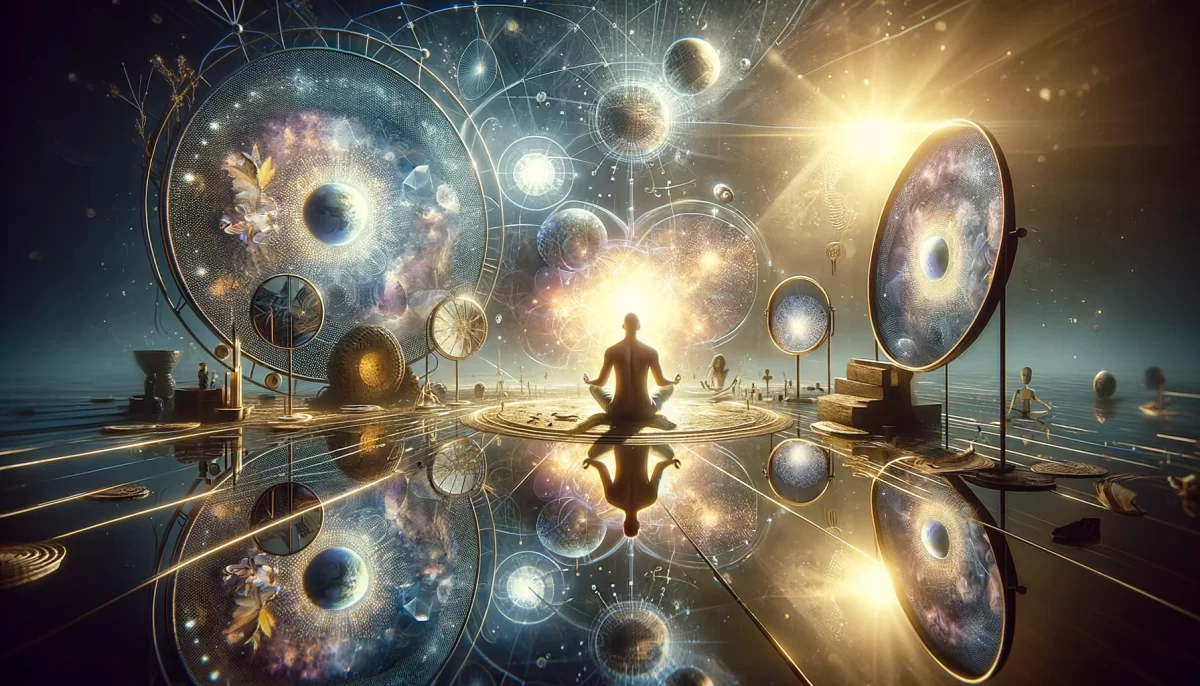
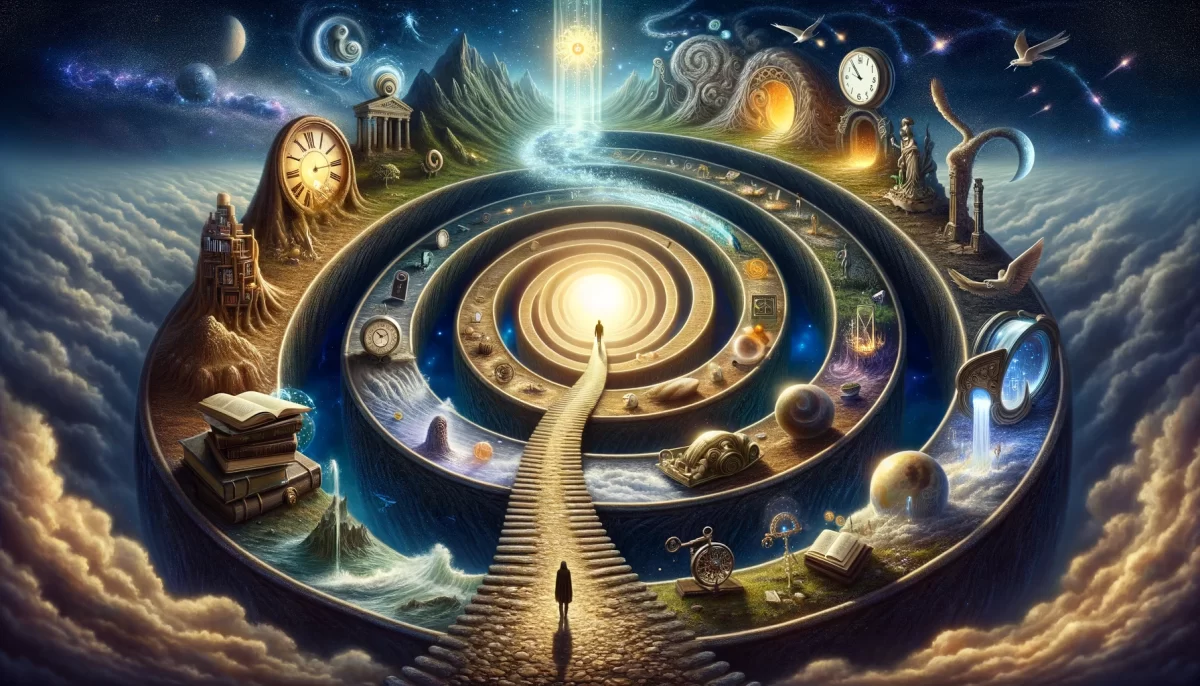
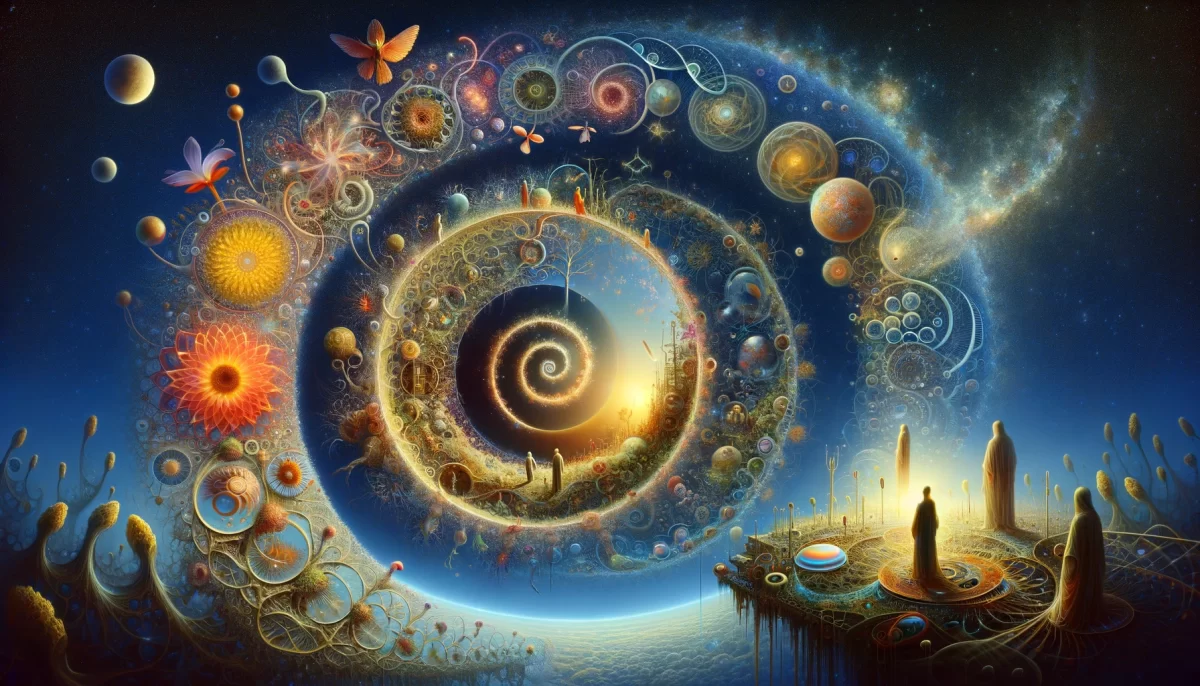


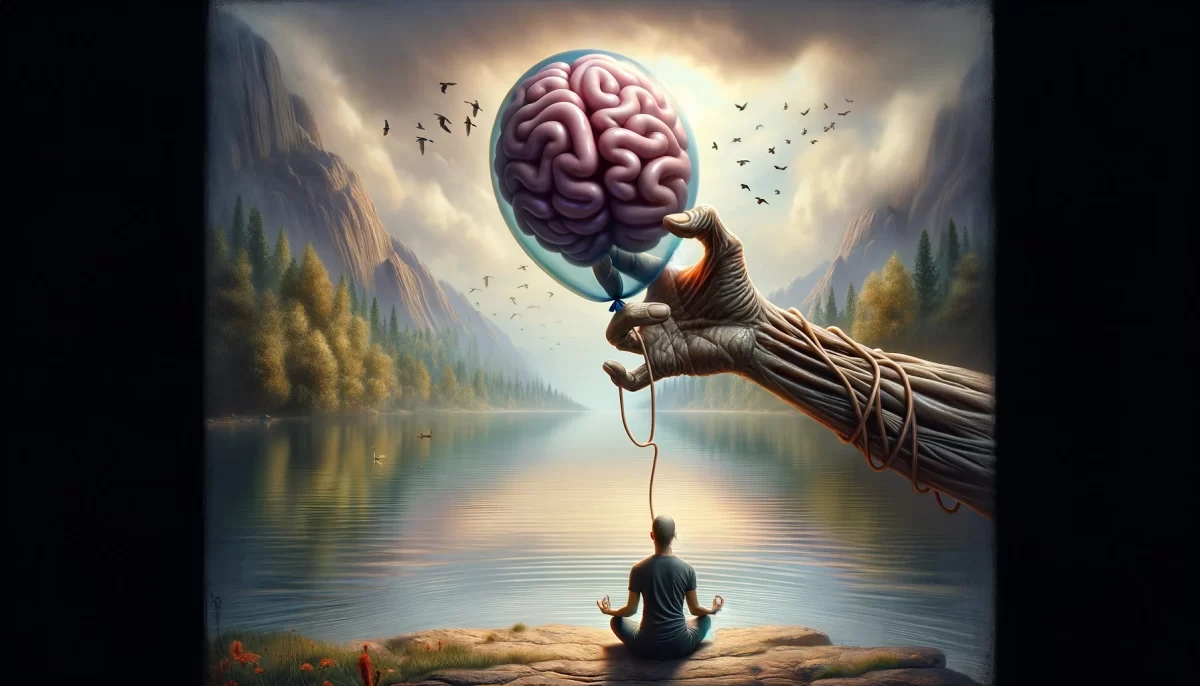
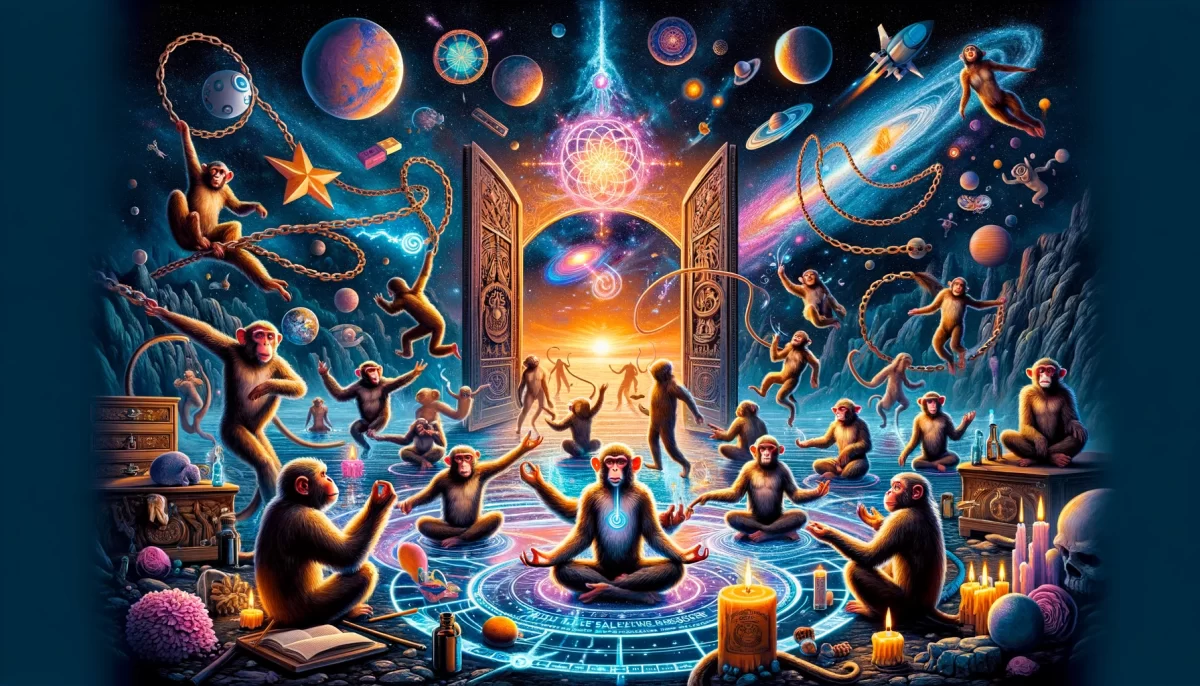
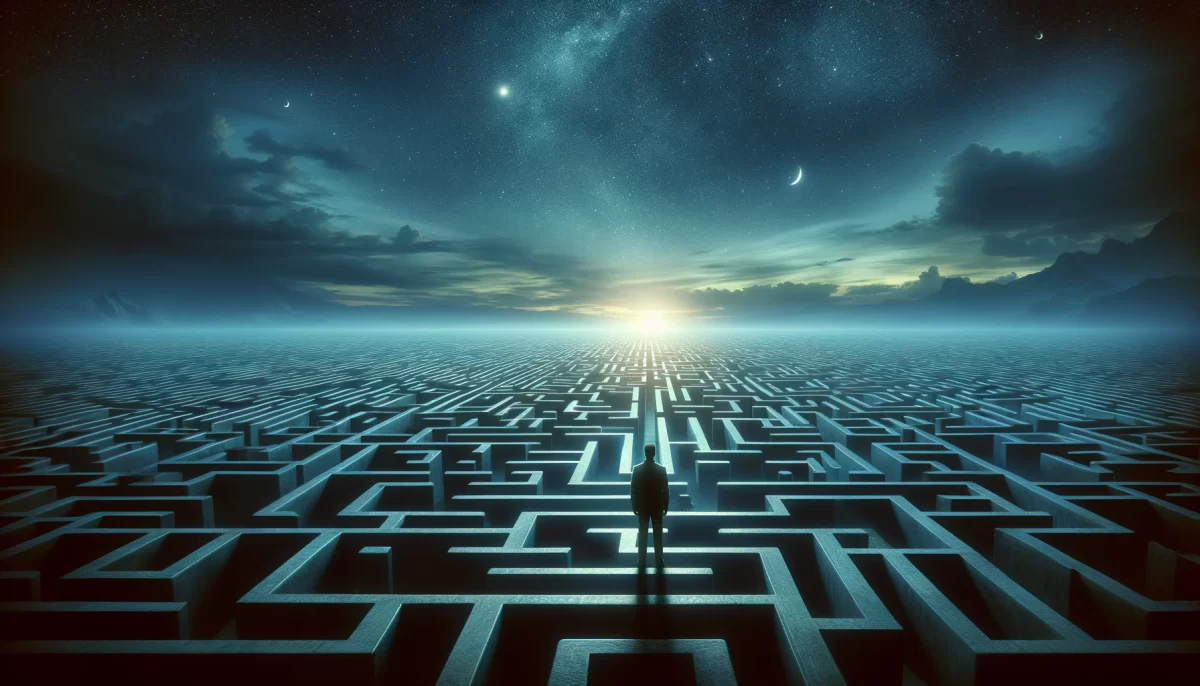

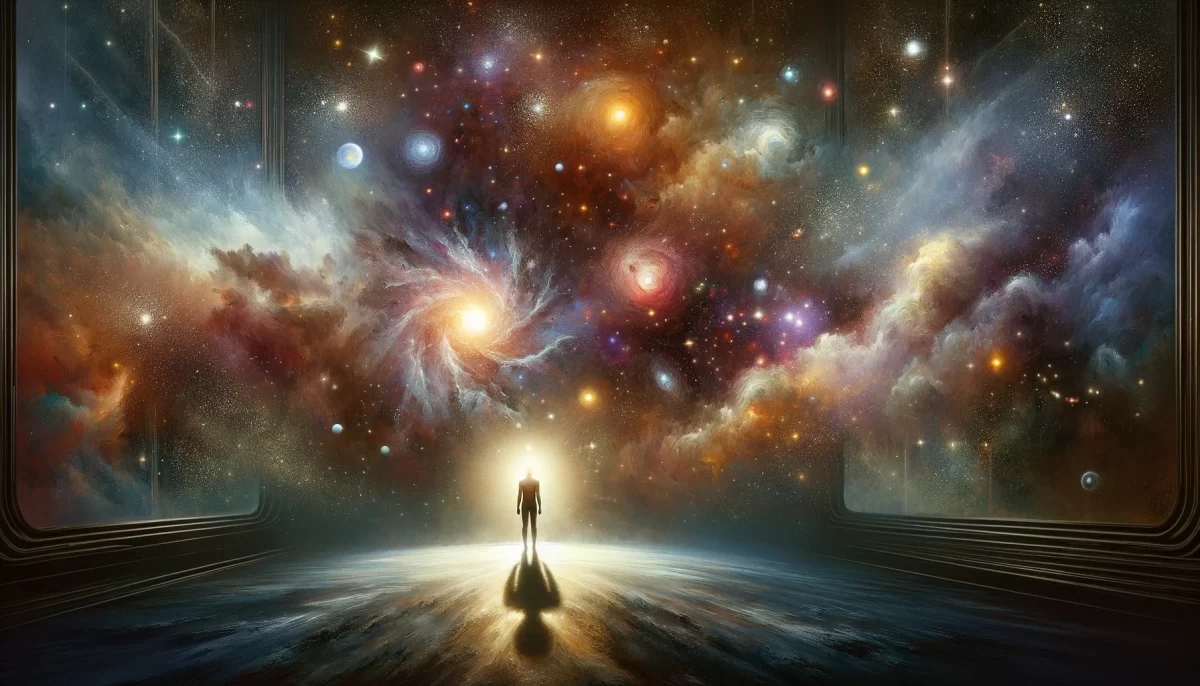

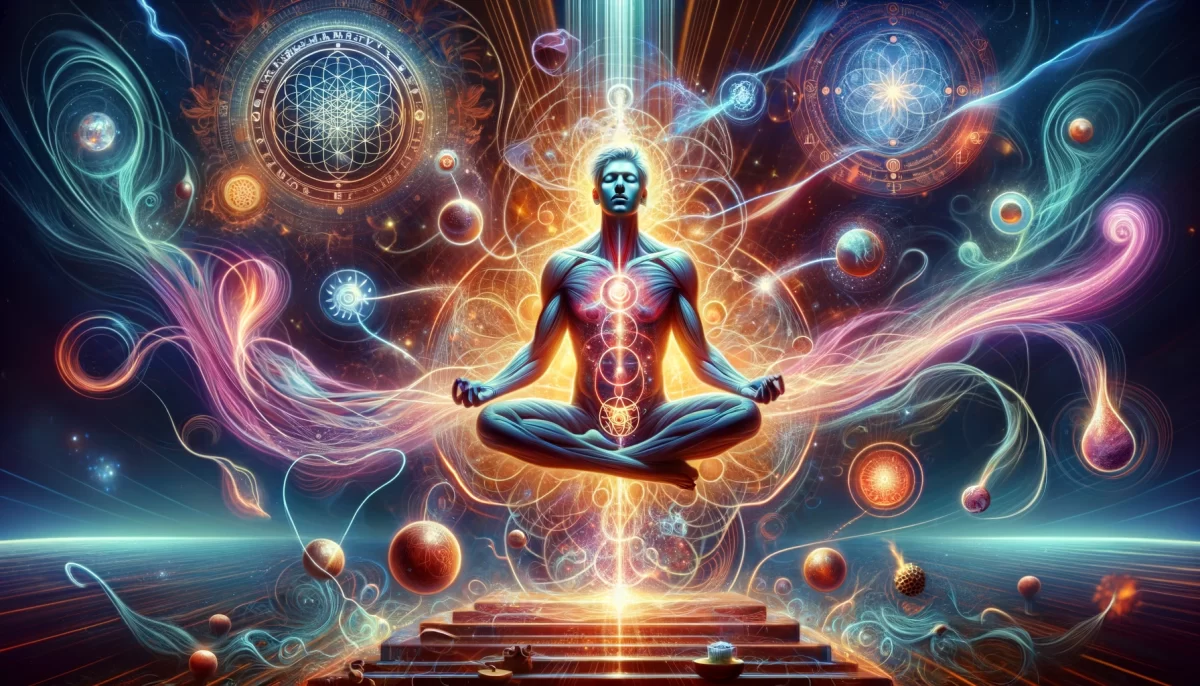
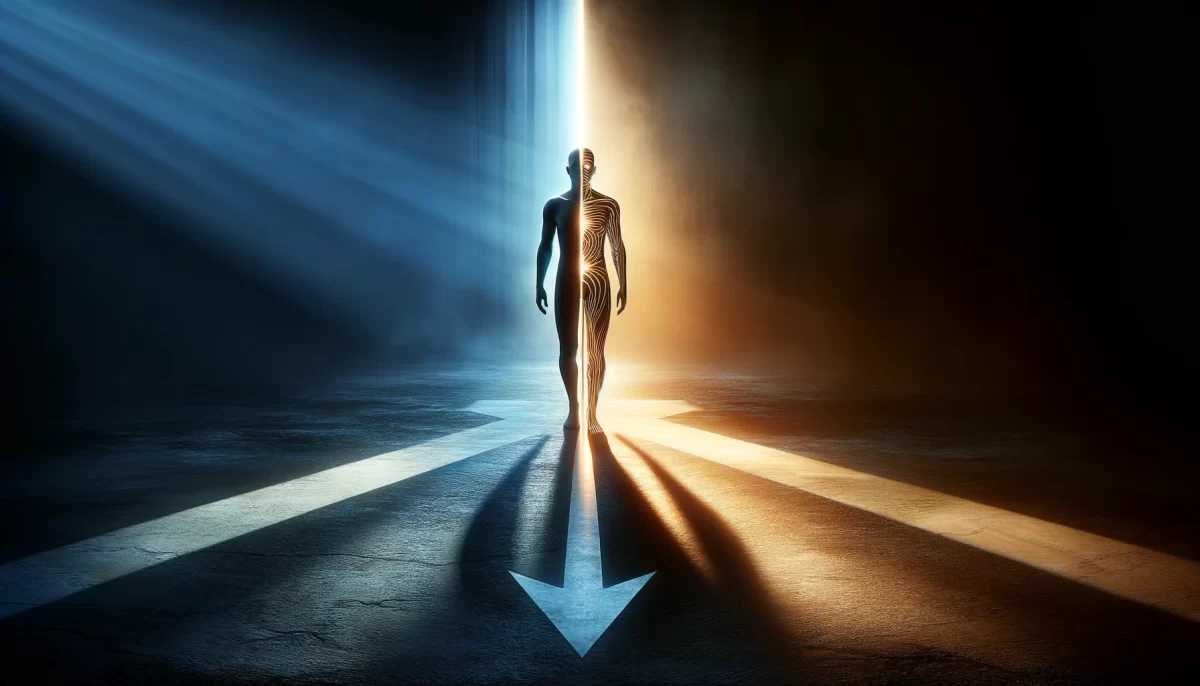
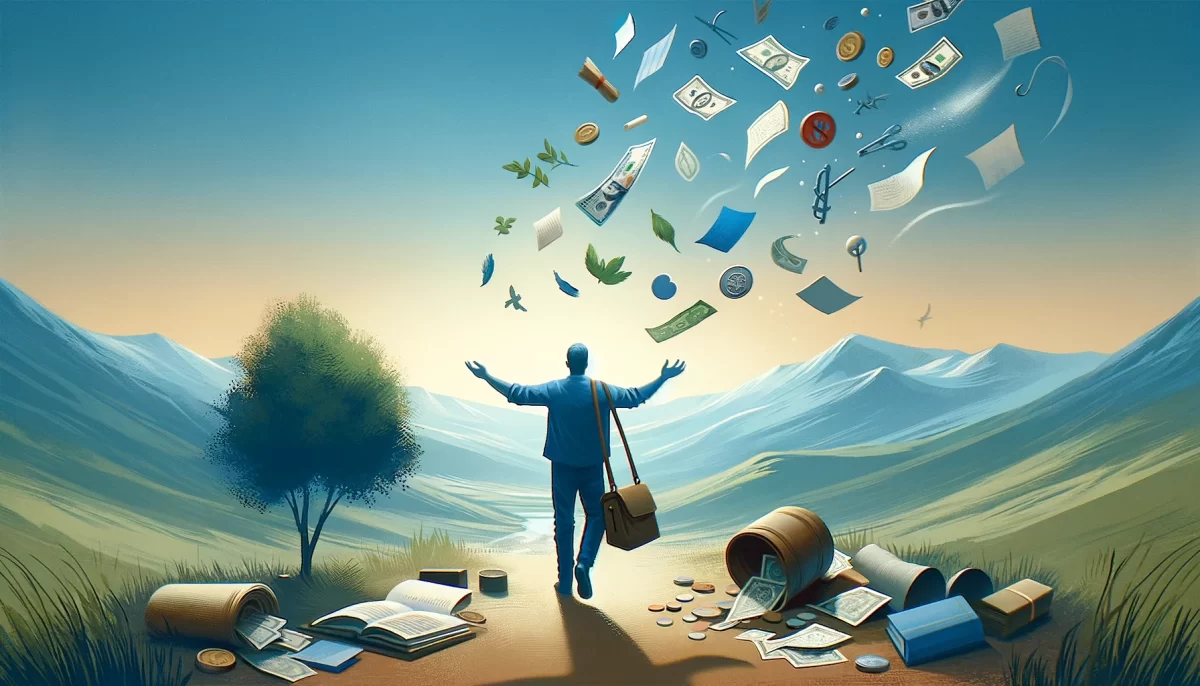
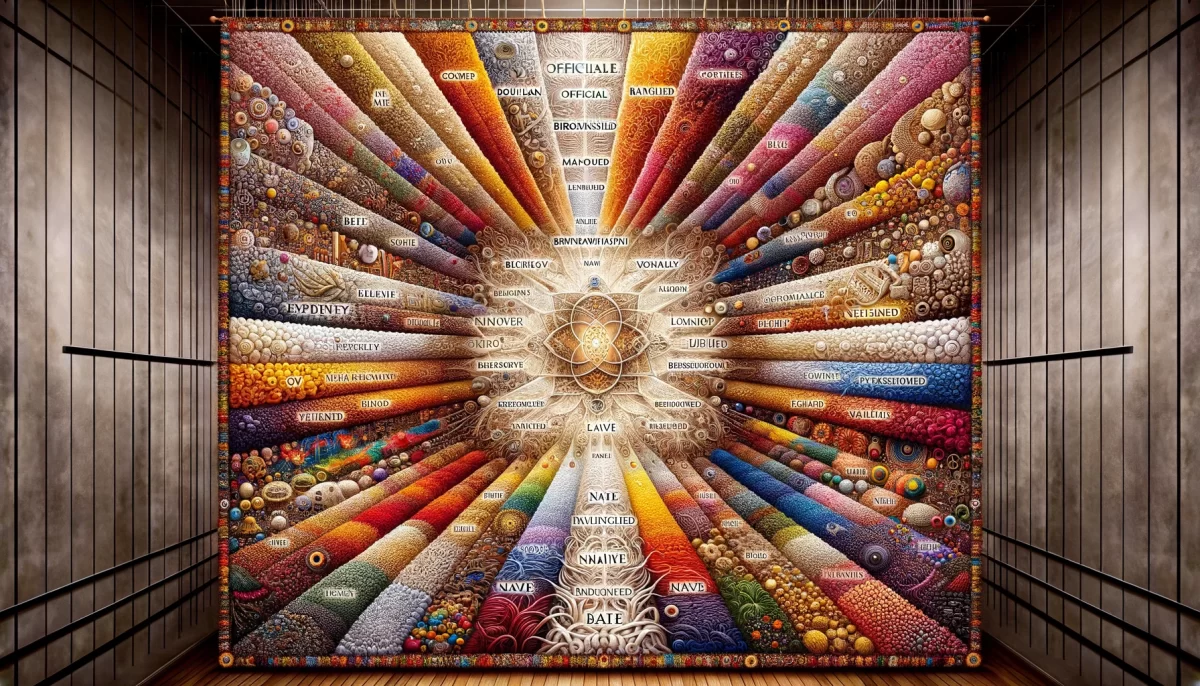
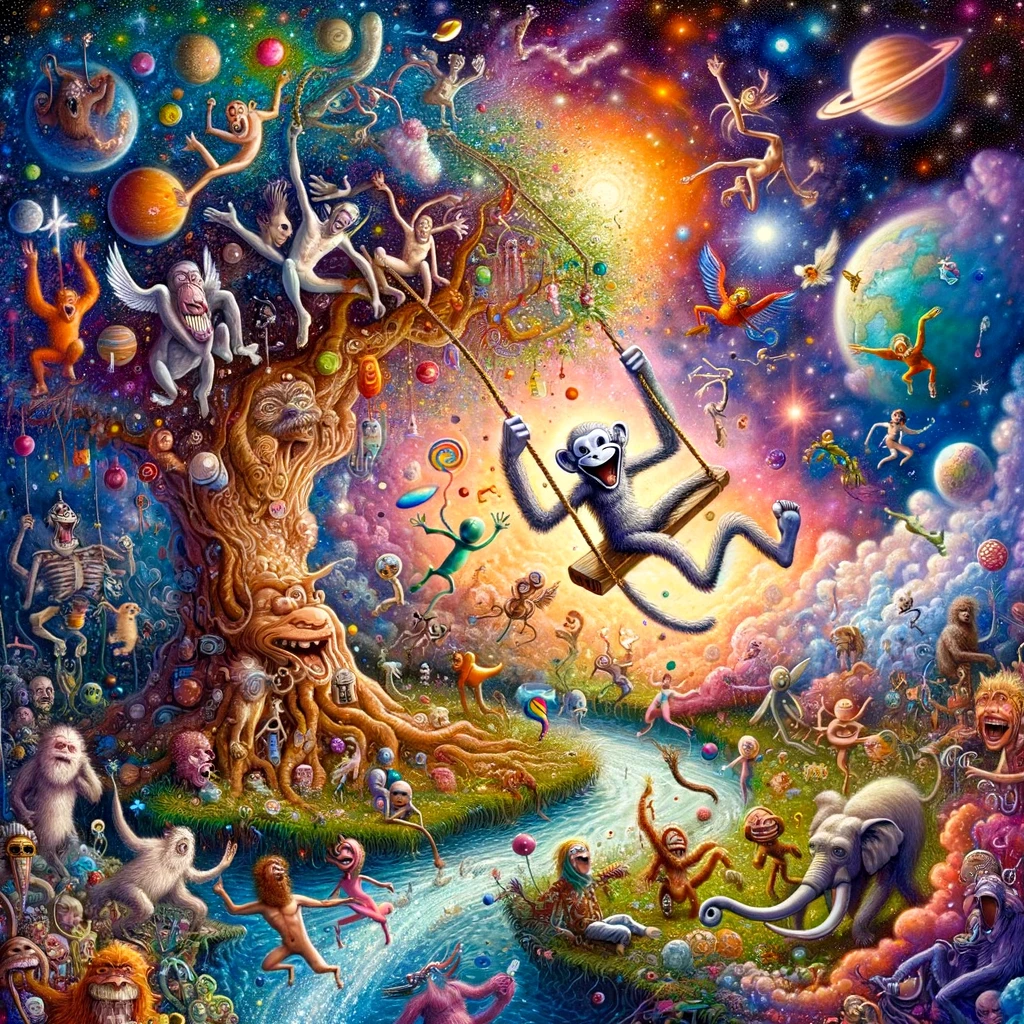
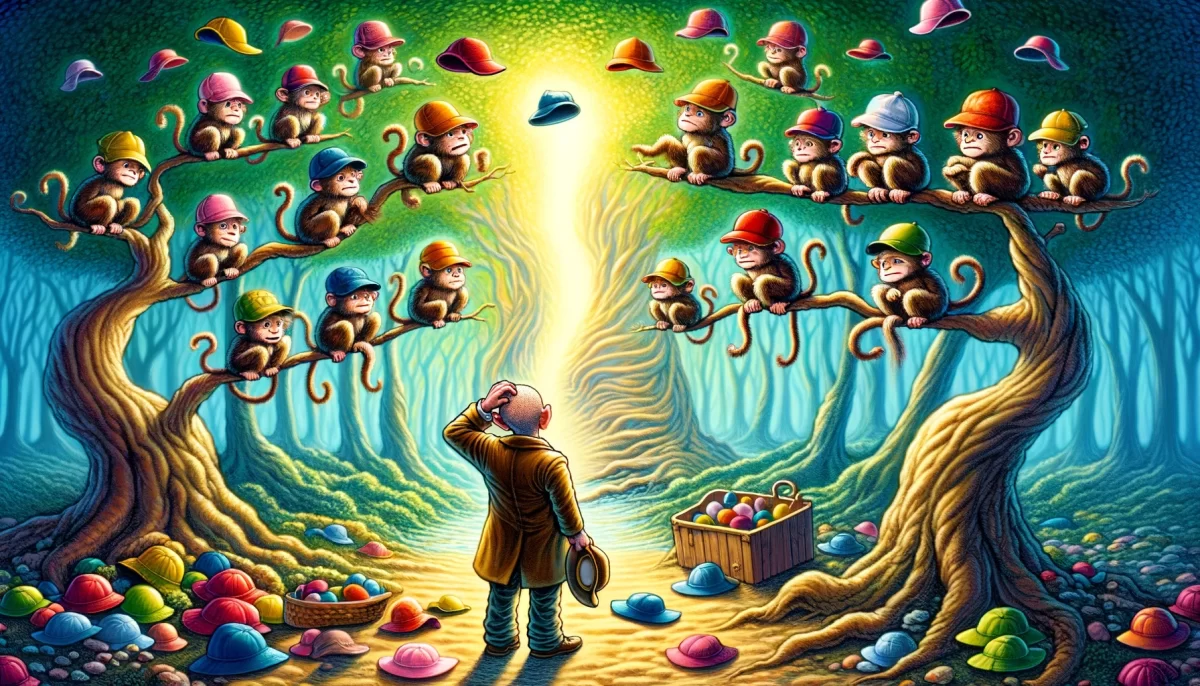
I believe the poem “Set in Motion” is exploring the concept of purpose and progress in life. The speaker questions whether one’s life is truly moving forward or if they are simply flailing and not making progress. They suggest that just because one is moving doesn’t necessarily mean they are making progress.
The poem also questions why people feel the need to constantly make progress and achieve things. The speaker suggests that perhaps one should be comfortable with themselves where they are, rather than always striving for more. The poem encourages the reader to reflect on their own motivations and priorities, and to consider whether they are truly satisfied with the direction their life is going.